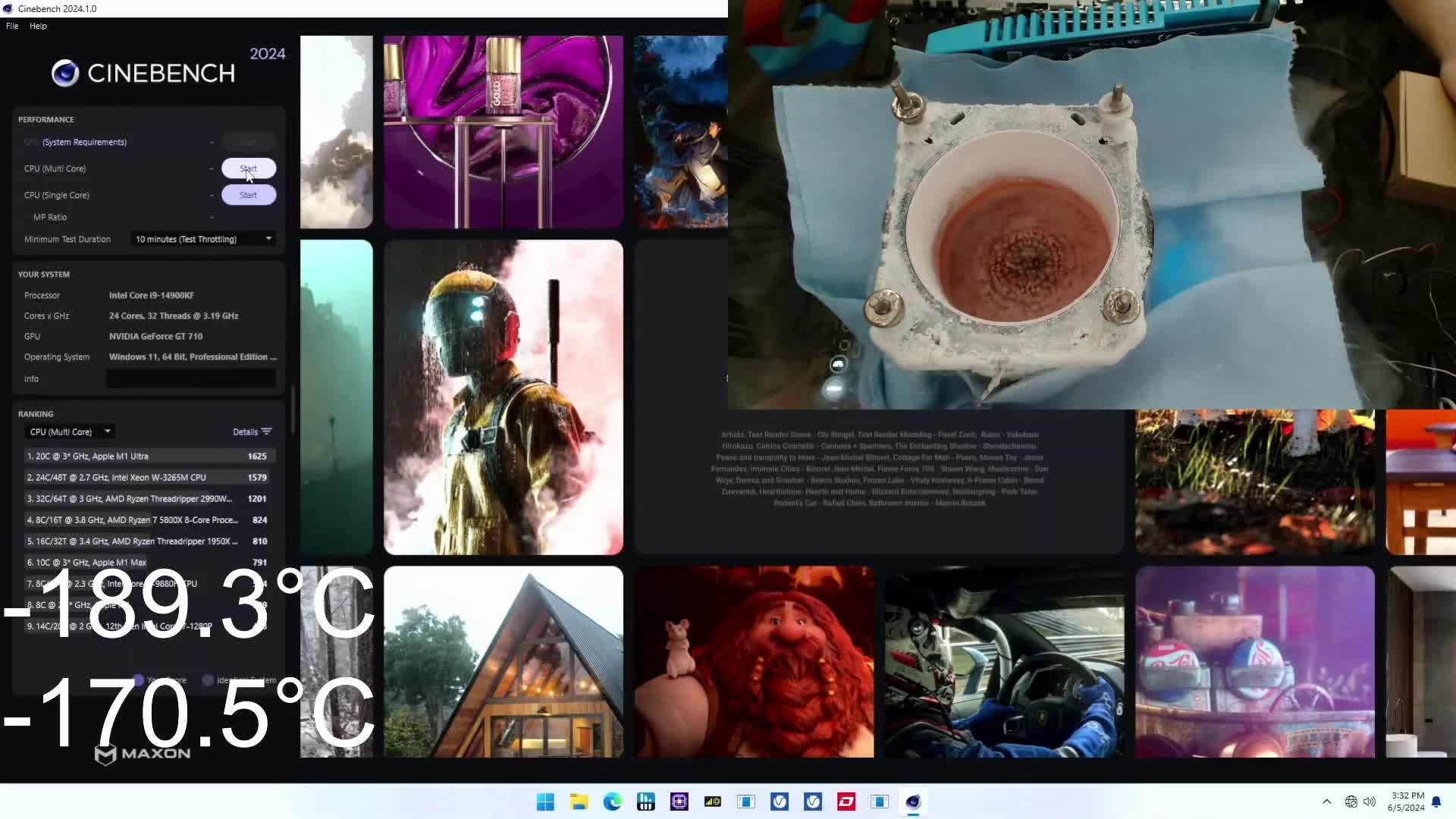Sci-Tech
260 McNuggets? McDonald’s Ends A.I. Drive-Through Tests Amid Errors

In the nearly three years since McDonald’s announced that it was partnering with IBM to develop a drive-through order taker powered by artificial intelligence, videos popped up on social media showing confused and frustrated customers trying to correct comically inaccurate meals.
“Stop! Stop! Stop!” two friends screamed with humorous anguish on a TikTok video as an A.I. drive-through misunderstands their order, tallying up 240, 250 and then 260 Chicken McNuggets.
In other videos, the A.I. rings up a customer for nine iced teas instead of one, fails to explain why a customer could not order Mountain Dew and thought another wanted to add bacon to his ice cream.
So when McDonald’s announced in a June 13 internal email, obtained by the trade publication Restaurant Business, that it was ending its partnership with IBM and shutting down its A.I. tests at more than 100 U.S. drive-throughs, customers who had interacted with the service were probably not shocked.
The decision to abandon the IBM deal comes as many other businesses, including its competitors, are investing in A.I. But it exemplifies some of the challenges companies are facing as they jockey to unlock the revolutionary technology’s potential.
Other fast-food companies have had success with A.I. ordering. Last year, Wendy’s formed a partnership with Google Cloud to build out its A.I. drive-through system. Carl’s Jr. and Taco John’s have hired Presto, a voice A.I. firm for restaurants. Panda Express has approximately 30 automated order takers at its windows through a partnership with the voice A.I. firm SoundHound AI.
Another SoundHound partner, White Castle, has A.I. assistants taking orders in 15 drive-throughs and plans to roll out 100 more, spokeswomen for the two companies said. The technology completes almost 90 percent of orders without human involvement, works efficiently with staff and reduces wait times for customers during rush hour, Jamie Richardson, a vice president at White Castle, said.
“It’s great for customers; it’s equally great for team members,” he told The New York Times. “I am not able to speculate why others wouldn’t invest in similar technology but we’ve been really happy with ours.”
Keyvan Mohajer, the chief executive and co-founder of SoundHound, thinks the departure by McDonald’s is simply an example of a failed partnership.
“It was very clear that they are abandoning IBM, they are not abandoning voice A.I.,” he said. “They are very quickly pursuing other vendors.”
McDonald’s confirmed its intention to eventually return to this technology, writing in the internal email that “a voice-ordering solution” would be in the chain’s future.
In a statement, IBM said it looks forward to continuing to working with McDonald’s, adding that it is “in discussions and pilots” with several restaurants that are interested in building out their automated order technology. McDonald’s confirmed the termination of its A.I. drive-throughs to The Times, but neither company would answer more specific questions.
Several researchers and experts in the industry see the McDonald’s exit as an example of how the new technology is not yet meeting expectations. They doubted that the company would make a speedy return to testing A.I. ordering in its drive-throughs.
“A.I. systems often have this very large upfront cost,” said Neil Thompson, the director of FutureTech, a research project at M.I.T.’s computer science and artificial intelligence laboratory. (FutureTech has worked with IBM but Mr. Thompson said that he had no inside knowledge of the deal with McDonald’s.)
Currently, voice A.I. is inaccurate often enough that it requires some level of human oversight, which decreases cost savings, Mr. Thompson said. And McDonald’s has a strong alternative offering with higher profit margins: its mobile app.
“The app saves 100 percent of that labor involved in taking that order in a way these A.I. systems, at least currently, are not able to do for them,” Mr. Thompson said. “That makes it just much more economically attractive for them to be using the app than to be using the A.I.”
McDonald’s has not ditched all of its A.I. investments. In December 2023, the company announced that it was working with Google Cloud. A spokesman for the tech giant said it would be applied to “business use cases,” declining to be more specific.
Alex Imas, a behavioral science and economics professor at the University of Chicago, predicted that McDonald’s will watch from the sidelines as its competitors explore the technology.
The McDonald’s business model is not based on saving on the cost of a few drive-through workers, Mr. Imas said. “I think they are going to want to wait and make sure this thing is ready for commercial use.”
He expects McDonald’s to use A.I. in other ways, perhaps by following the example of Target, which recently announced that it was using the technology to assist its employees.
Gee Lefevre, the interim chief executive of Presto, acknowledged that the technology is very new — “less than 0.5 percent of all U.S. drive-throughs” are testing the use of A.I. to take voice orders, he said.
But he also noted that many early attempts have been successful.
Wendy’s, in an email to The Times, said that its A.I. drive-throughs operate without human help on 86 percent of orders. And Presto has had a roughly 90 percent rate with most of its clients, Mr. Lefevre said.
He believes McDonald’s struggled because it used the wrong type of A.I.
“The IBM model was still based on natural-language understanding,” Mr. Lefevre said, explaining that the model works like a tree. When the A.I. hears the customer’s order, it has a limited number of branches to follow that dictate its responses and actions.
This works really well when everything is going right, Mr. Lefevre said. But in a drive-through, where indecisive customers frequently change their orders, he said, chains would be better off using the type of large-language model that powers chatbots like ChatGPT.
As companies continue to test their A.I. drive-through technologies, expect to see more videos of people getting bacon ice cream, condiments instead of food or enough nuggets to feed a sports team.
But ask Mr. Mohajer where voice A.I. is going and he’ll tell you why SoundHound has partnered with car companies like Kia and Jeep.
Picture this.
You’re driving home from work when all the sudden the car asks, “Are you hungry?”
After a few minutes of chatting with your vehicle, you decide on a burger, fries and a shake. The car finds the nearest greasy spoon, places your order for you and plugs in the directions. In three minutes, you pull up and there’s dinner, sitting patiently in a pickup lane, waiting for you to arrive.
Sci-Tech
$10,000 cooler designed with AI keeps Core i9-14900KF chilly at 7.5 GHz

Pushing the limits: Enthusiasts are always looking for an edge in the world of overclocking and extreme cooling. In this wild test, the team sought to determine whether advanced GenAI and 3D printing could help them squeeze out more performance from today’s processors. To answer this, they built a liquid nitrogen (LN2) container in a whole new way – and arrived at some interesting conclusions.
The project brought together experts from across the ecosystem – Skatterbencher who’s renowned for overclocking prowess; Diabatix, specializing in generative AI for thermal solutions; 3D Systems for additive manufacturing; and finally ElmorLabs for overclocking gear.
The team took ElmorLabs’ existing Volcano LN2 container as a reference point, then tasked Diabatix’s ColdStream Next AI to generate an improved design. 3D Systems then brought that digital blueprint to life, 3D printing a prototype using oxygen-free copper powder. Shockingly though, the cutting-edge process commanded a steep $10,000 price tag – a far cry from the $260 cost of the original Volcano.
The AI/3D printed design showed promise in early testing, focusing on three key metrics: cool-down time from room temperature to -194°C, heat-up time from -194°C to 20°C under a 1250W load, and the lowest temperature achieved using 500mL of liquid nitrogen.
It blew past the Volcano in cool-down speed, chilling from 28°C to -194°C in under a minute compared to the Volcano’s 3-minute pace. Heat-up performance was better too, with the AI container warming up 30% faster. Efficiency also favored the AI design – using 500mL of LN2, it hit -133°C, while the Volcano stopped short at -100°C.
However, since these tests do not represent real-world performance, the team decided to run three more using the Intel Core i9-14900KF Raptor Lake processor. First, they fired up Cinebench 2024 to find the most stable maximum CPU frequency.
“We find that both LN2 containers can handle the Core i9-14900KF with P-cores clocked to 7.4 GHz without any issue. It seemed the AI-generated design could perhaps hold 7.5 GHz just a tad longer. But that might just be run-to-run variation,” they noted.
In the second test, they checked the CPU temperature deltas between the heat spreader and cooling container base to assess real heat transfer capabilities. There was also an all-out stress test, pushing over 600W through the chip for several minutes.
While the AI container did pull ahead a smidge, the gains were relatively muted compared to the theoretical test results. Temperature deltas between the CPU heat spreader and container base were tighter on the 3D-printed model, but not by an earth-shattering margin. Even the performance uplift in Cinebench was fairly modest, as seen above.
After crunching the numbers, the team determined that while technically impressive, the AI/3D printed design currently doesn’t pencil out from a cost/benefit perspective for modest overclocking scenarios. Not with that $10,000 price tag.
However, they are not done yet. While “nothing concrete” is in hand, the team says they could look into performance and cost optimizations. The design of the LN2 container doesn’t necessarily need to be circular, for example. They are also exploring new designs for higher-power CPUs like the Ryzen Threadripper or Intel’s Xeon 6.
All in all, the feasibility study may have exposed some limitations, but it also proved generative AI has better uses than simply churning out six-fingered models.
Sci-Tech
Microsoft resumes rollout of Windows 11 KB5039302 update for most users

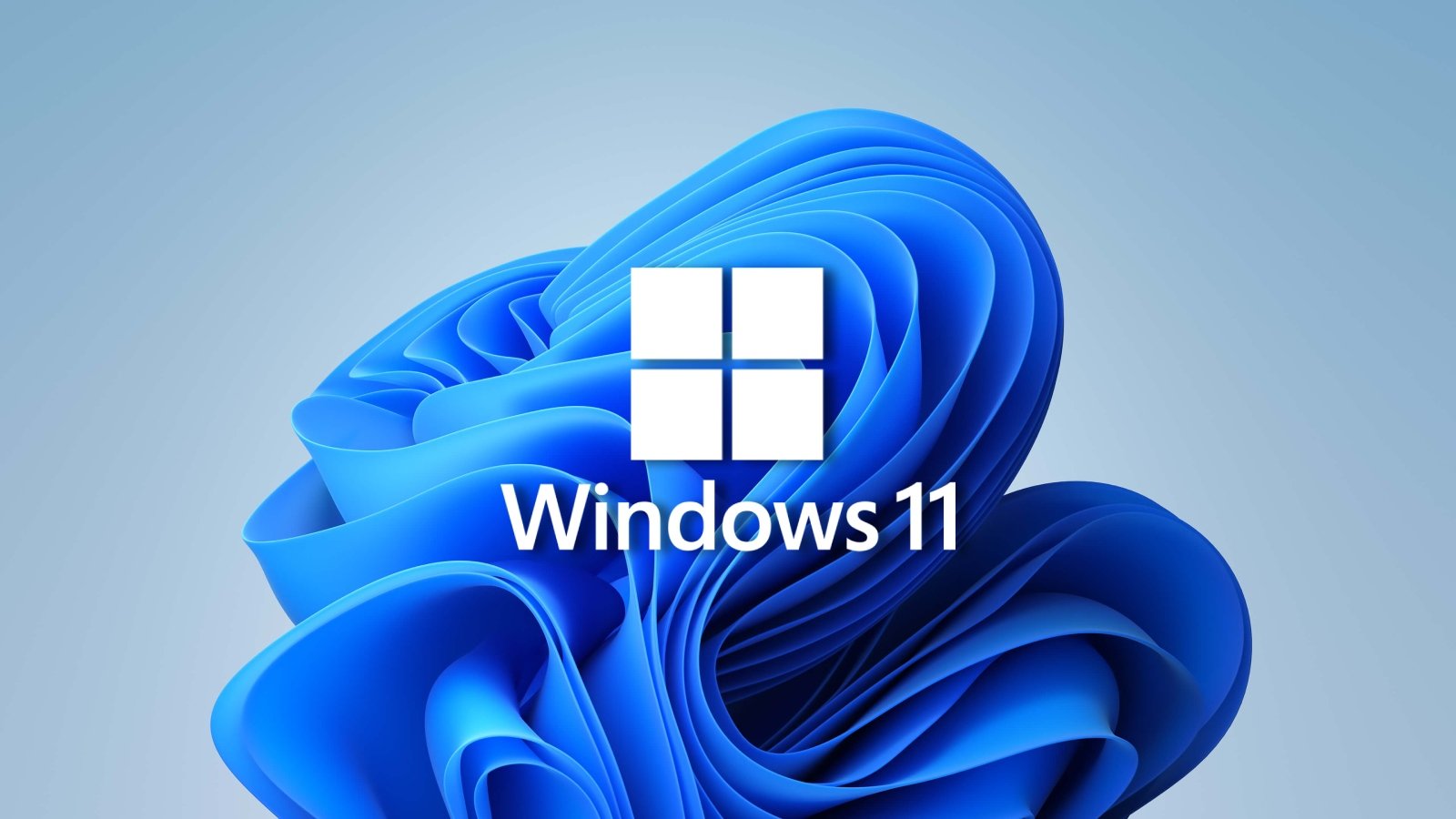
Microsoft has resumed the rollout of the June Windows 11 KB5039302 update, now blocking the update only for those using virtualization software.
On Wednesday, Microsoft pulled the KB5039302 update after Windows 11 users found that their devices went into a reboot loop after it was installed.
After investigating the issue, Microsoft determined that the bug mostly affects devices that utilize virtual machine tools and nested virtualization features, such as CloudPC, DevBox, and Azure Virtual Desktop. Others stated it also affected VMware.
Yesterday, in an update to Windows Message Center, Microsoft once again resumed rolling out the KB5039302 update to those not running virtualization software.
“Availability of this update via Windows Update and Windows Update for Business was paused for a couple of days, but is being resumed today for most devices,” reads the message center update.
“This update offering is now paused only for devices affected by the issue. As a result, this update might not be offered to Hyper-V virtual machines running on hosts that utilize certain processor types.”
Those who wish to install the update can now run Windows Update and install it as usual.
However, this update comes with another bug that causes the Taskbar not to display properly if you are using Windows N edition or have the ‘Media Features’ feature turned off in Control Panel > Programs > Programs and Features > Turn Windows features on or off.
Therefore, if you have disabled the Media Features or are running Windows N, which does not contain media-related technologies, you may want to hold off installing the update.
Microsoft is working on fixing both issues and will provide them in an upcoming release.
Sci-Tech
Is T-Mobile still the uncarrier we knew and loved, or just another carrier?

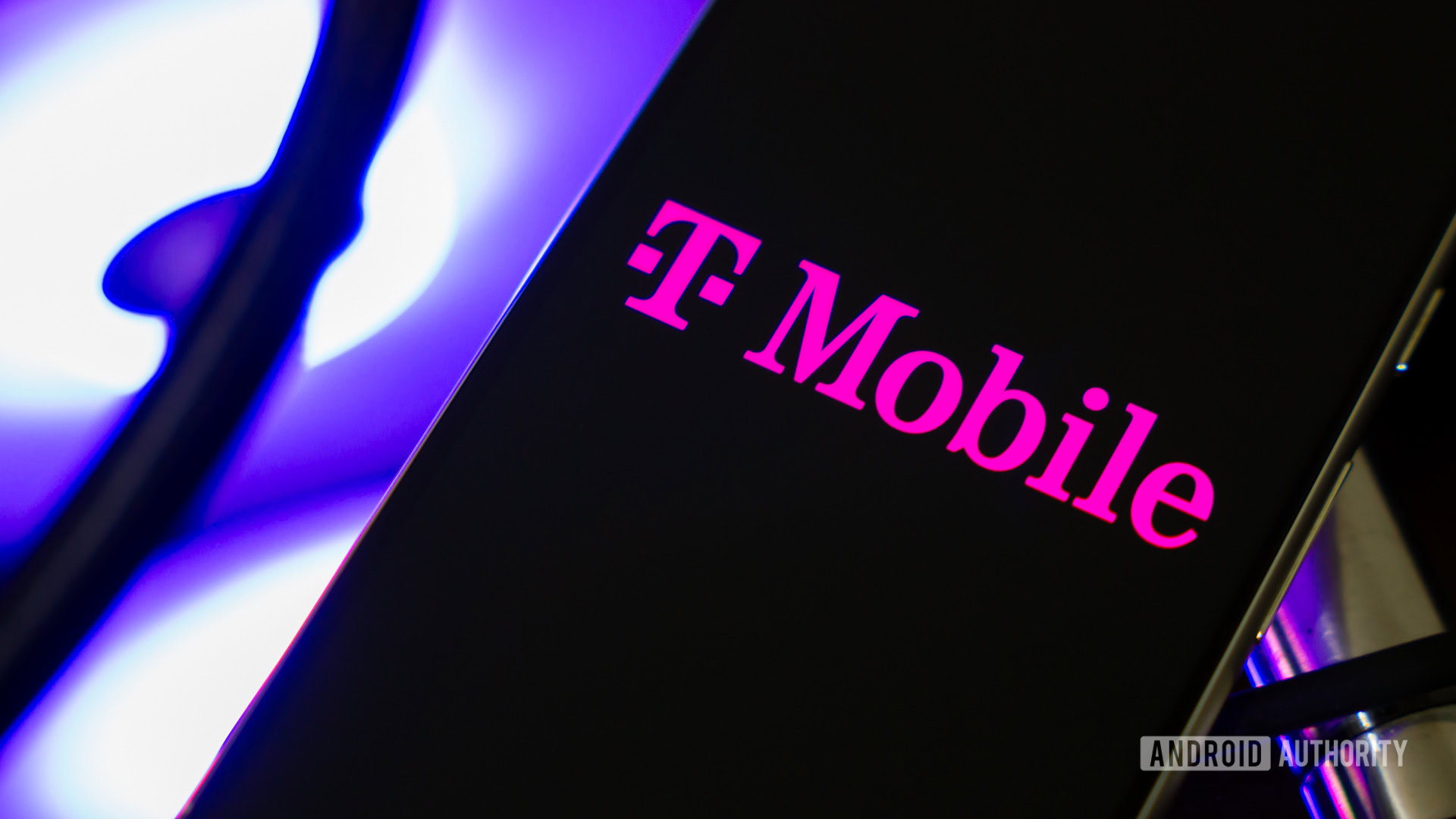
Edgar Cervantes / Android Authority
In 2012, the wireless industry was in a less-than-ideal state. AT&T and Verizon dominated the market, despite a reputation for price gouging. Meanwhile, Sprint and T-Mobile lagged behind in third and fourth place, respectively. In an effort to change its trajectory, T-Mobile hired John Legere as CEO. Legere wasn’t your typical corporate suit. He wore jeans and T-shirts, and cursed like a sailor. He was also outspoken about the poor policies and practices of the larger wireless carriers, and actually made a ton of big changes to the company through the “Uncarrier” marketing initiative.
This campaign aimed to disrupt traditional industry practices, such as two-year contracts, hidden fees, and sudden price increases. These transformations occurred against the backdrop of a planned merger with Sprint, which was finalized in 2020 after extensive negotiations. Fast forward to today, and the new T-Mobile now largely resembles the very companies Legere once vocally opposed.
Is T-mobile still the uncarrier you knew and loved?
64 votes
T-Mobile is starting to look a little like Verizon 2.0
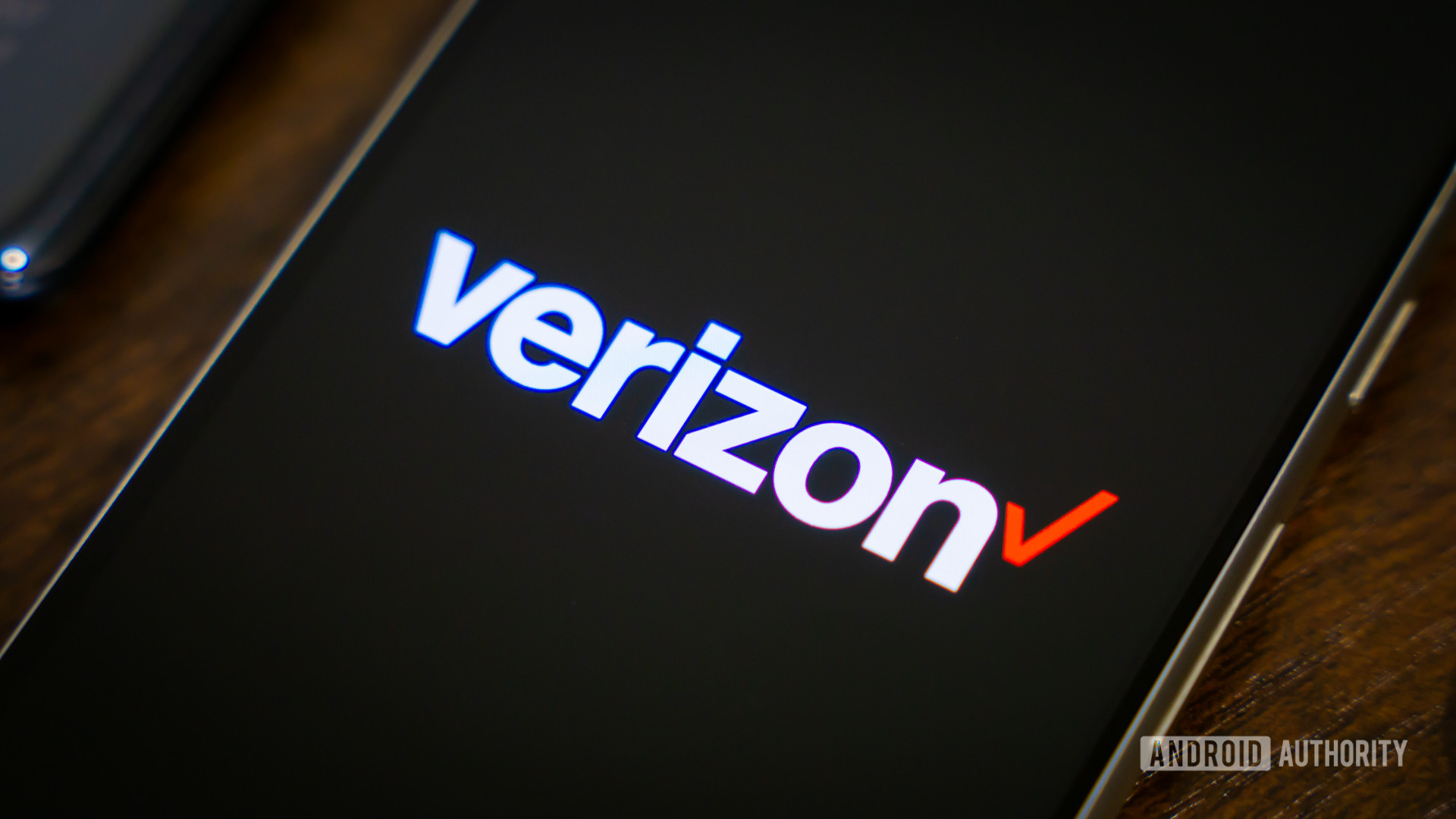
Edgar Cervantes / Android Authority
There were many things T-Mobile criticized its competitors for, but pricing and clarity were chief among Legere’s concerns. In much softer words than he actually used, Legere once essentially accused Verizon and AT&T of being crooks who were taking us for every last cent. That’s just a bit ironic when you consider T-Mobile’s moves over the last few years. While the pandemic naturally drove up pricing, which is more forgivable, T-Mobile’s treatment of legacy customers is not.
First, T-Mobile attempted to automatically shift its legacy customers to newer plans unless the customer specifically contacted them to opt out. When this didn’t work, it ultimately ended up raising legacy pricing anyway, increasing prices by $5 per month per line for voice plans, and $2 per month per line for connected devices. It was also a slap in the face for customers who thought T-Mobile’s earlier Price Lock policies protected them.
T-Mobile used to offer some of the best phone deals, but these days, many of its top free phone offers are typically aimed exclusively at Go5G Plus and Next subscribers. Similarly, T-Mobile Tuesdays used to feature truly great exclusive discounts and promotions for events and much more. This experience has largely devolved into a very limited coupon book app, and many fear this will only worsen with the new T-Life direction.
Those are far from the only changes T-Mobile has made recently that go against the spirit of its Uncarrier movement. In April we learned T-Mobile could be profiling customers and collecting personal data to better predict user behavior. While this is an opt-out feature, I am willing to bet Legere’s T-Mobile would have never even tried something like this.
T-Mobile’s recent price increases and unclear customer changes are exactly the sort of things Legere once criticized Verizon and AT&T for.
Continuing its long line of moves that certainly aren’t customer-first in nature, T-Mobile recently clarified that its pricing could continue to increase, even for Price Lock customers. It also clarified that despite still using the name, T-Mobile customers with a plan from January 17, 2024 are actually on Price Lock 2.0. This newer version will refund you if you cancel due to price increases, but there’s really no promise it won’t continue to jack up prices.
Still not convinced this isn’t the same T-Mobile we all once gushed about? A new bill credits policy might just be enough to put you over the edge. The new policy means you’ll no longer receive bill credits for a free device if you decide to pay off the installment plan early. In other words, if you buy off your plan early, you lose out on your free phone deal.
T-Mobile is likely doing this to prevent customers from paying off a device early and then turning around and selling it for a high price. Before, you could sell the device and remove the installment plan while still receiving any free credits T-Mobile owed you.
All of this shows a carrier that is clearly not concerned with price increases or moves that are seen as less friendly by its existing customer base. This is exactly what Verizon and AT&T have been accused of doing. What makes T-Mobile feel even more like Verizon is that it seems to have set its sights on being the biggest and most powerful carrier.
It’s important to remember the Uncarrier phase was marketing first and foremost
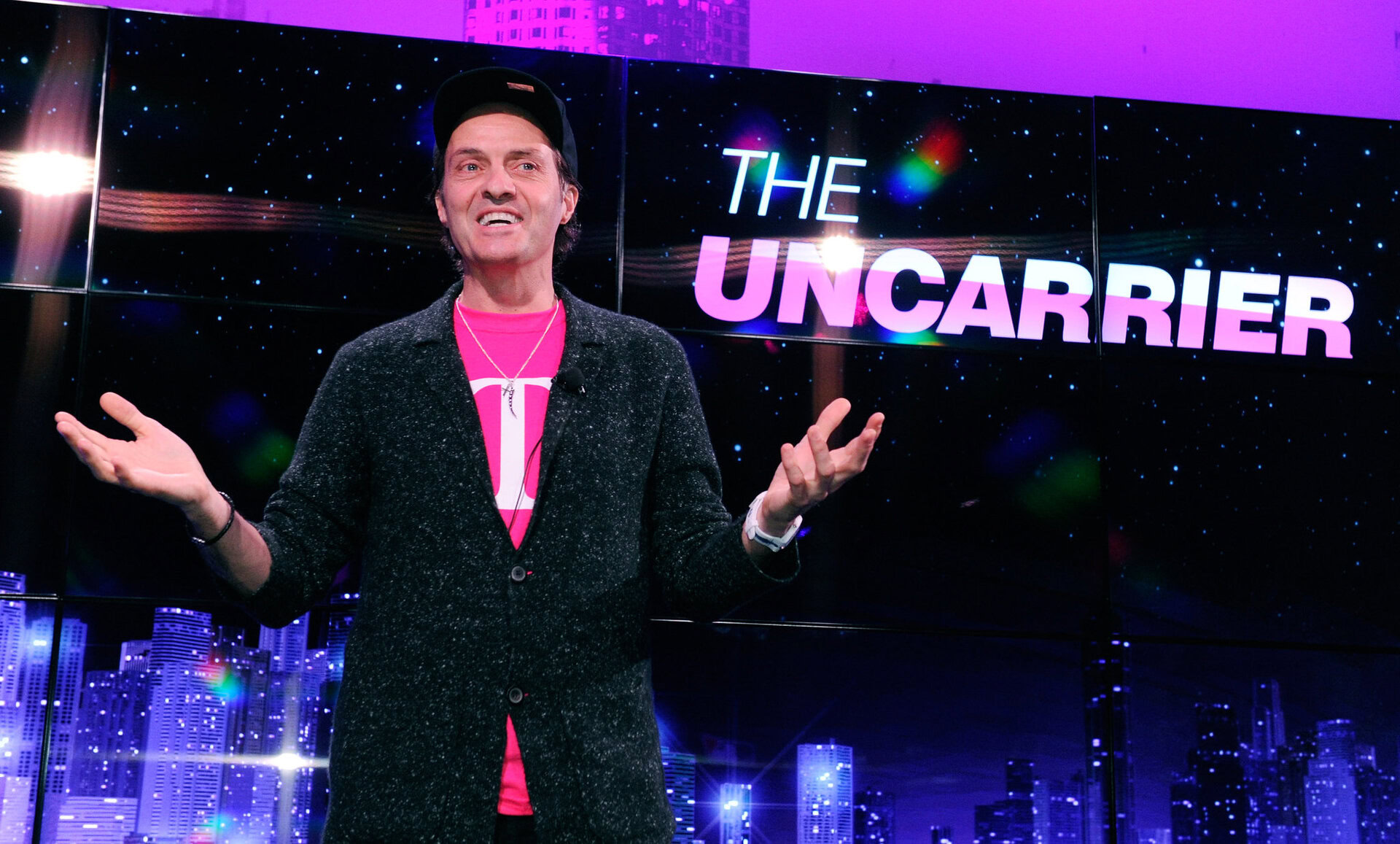
I’ve noticed numerous online comments portraying John Legere as a hero, while Mike Sievert is blamed for T-Mobile’s recent shifts. However, it’s essential to recognize that the Uncarrier movement was primarily a marketing strategy. Legere was hired to revitalize the company, which he effectively did by adopting a relatable image, aggressively cutting costs, and disrupting the industry. But he didn’t do it because he was your friend. These were calculated business decisions.
Legere did his job well, and I respect him for that. However, I also understand how business works. T-Mobile knew that the changes under Legere’s leadership were only a temporary phase. After being promoted to COO, Mike Sievert and John Legere likely developed their strategy extensively. Phase 1 was focused on winning new customers and improving the network to compete with the major carriers. Phase 2 involved tightening the screws to generate real profits and secure T-Mobile’s position as one of the Big Three.
Legere was hired for a job and did it very well. So was Sievert: to make a profit at any cost.
Whether we like it or not, Mike Sievert was also hired for a specific purpose: to take this revitalized company and ensure it remains profitable both now and in the future. He has become the villain by raising prices and ensuring profitability even at the cost of customer satisfaction. It’s a less appealing role, but that doesn’t mean he isn’t doing his job. It’s a delicate balance — maintaining profitability while mitigating potential subscriber losses. T-Mobile likely anticipated some would leave once it was clear that the old Uncarrier days were over, but they planned ahead as best they could by acquiring the most prominent T-Mobile-based carriers.
Our own polls suggest that many of our tech-savvy readers are seriously considering switching to another carrier or even a prepaid service. Those who leave will likely seek coverage at least as good as what they had. If they were satisfied with the Uncarrier’s coverage, switching to Mint or another T-Mobile MVNO is an easy move. For every customer that switches away, a significant portion will still indirectly contribute to T-Mobile’s revenue. T-Mobile also anticipates that major customer losses are less likely among the elderly, large families, or those who are less tech-savvy and hesitant to switch.
Is T-Mobile actually any worse than the other members of the big three?
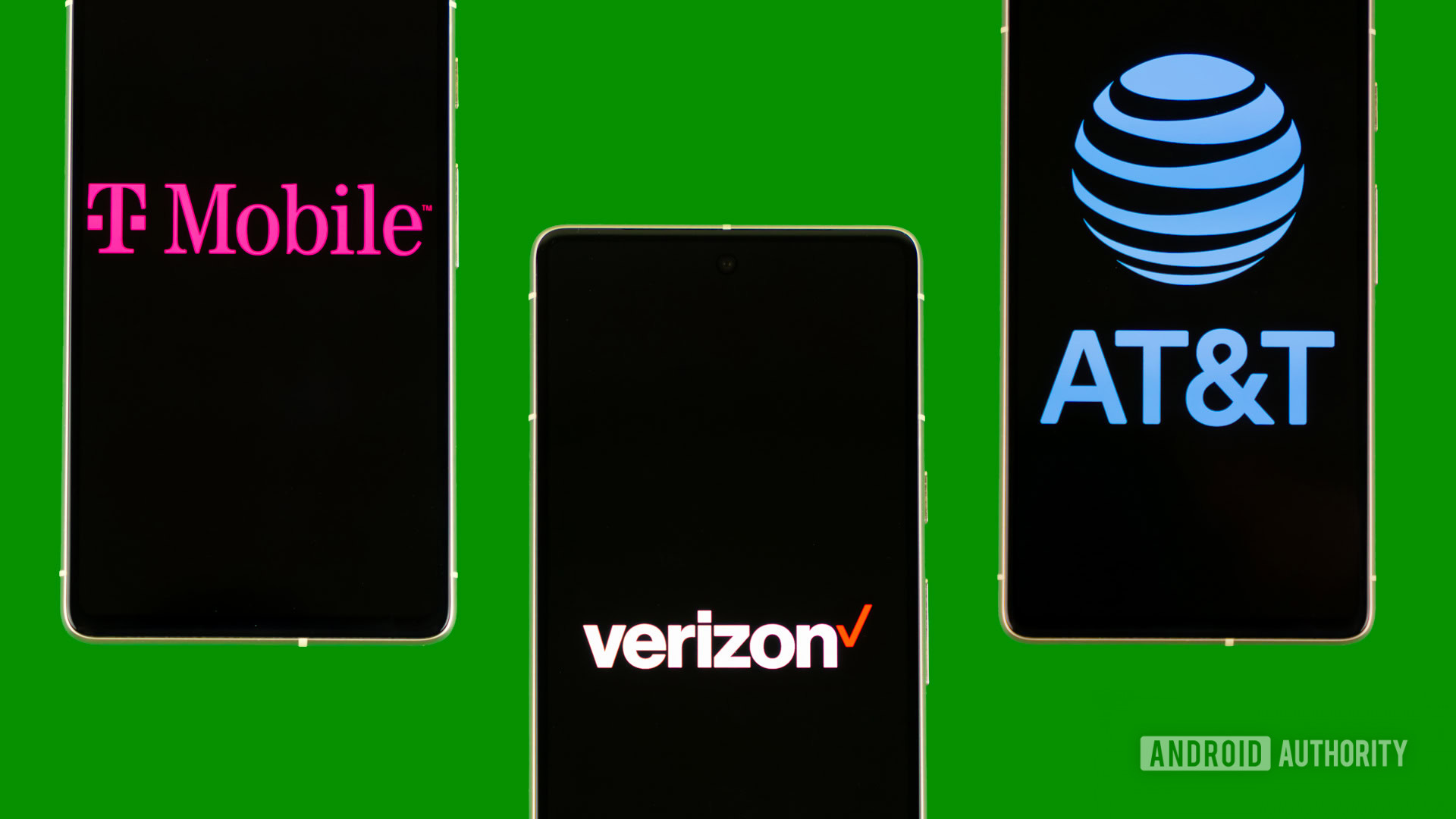
Edgar Cervantes / Android Authority
The big question is whether T-Mobile is any worse than the other members of the big three, and to answer that, I’d say no. The new T-Mobile actually holds a few strong advantages over the competition. While AT&T and Verizon spread device payments over three whole years, T-Mobile still defaults to 24 months. T-Mobile also offers slightly more competitive pricing, especially for larger families. It also has an increasingly strong and reliable network — customer service and pricing aside. The main takeaway is that it’s no longer the “uncarrier” we once knew; it’s now more just “another member of the big three,” for better or worse.
For many, T-Mobile might still be the best of the big three. However, for most, I’d suggest moving to one of the many excellent prepaid services, which have evolved considerably over the years. Some prepaid carriers, like Google Fi Wireless, offer the same high-quality data, device payment plans, and other features typically associated with postpaid services.
-

 African History5 years ago
African History5 years agoA Closer Look: Afro-Mexicans 🇲🇽
-

 African History5 months ago
African History5 months agoBlack History Facts I had to Learn on My Own pt.6 📜
-

 African History5 years ago
African History5 years agoA Closer Look: Afro-Mexicans 🇲🇽
-

 African History1 year ago
African History1 year agoMajor African Tribes taken away during the Atlantic Slave Trade🌍 #slavetrade #africanamericanhistory
-

 African History1 year ago
African History1 year agoPROOF AFRICAN AMERICANS AIN'T FROM AFRICA DOCUMENTED EVIDENCE
-

 African History1 year ago
African History1 year agoCameroon 🇨🇲 World Cup History (1962-2022) #football #realmadrid #shorts
-

 African History5 months ago
African History5 months agoBlack History Inventors: Mary Kenner 🩸
-

 African History4 months ago
African History4 months agoMr Incredible Becoming Canny/Uncanny Mapping (You live in Paraguay 🇵🇾)



